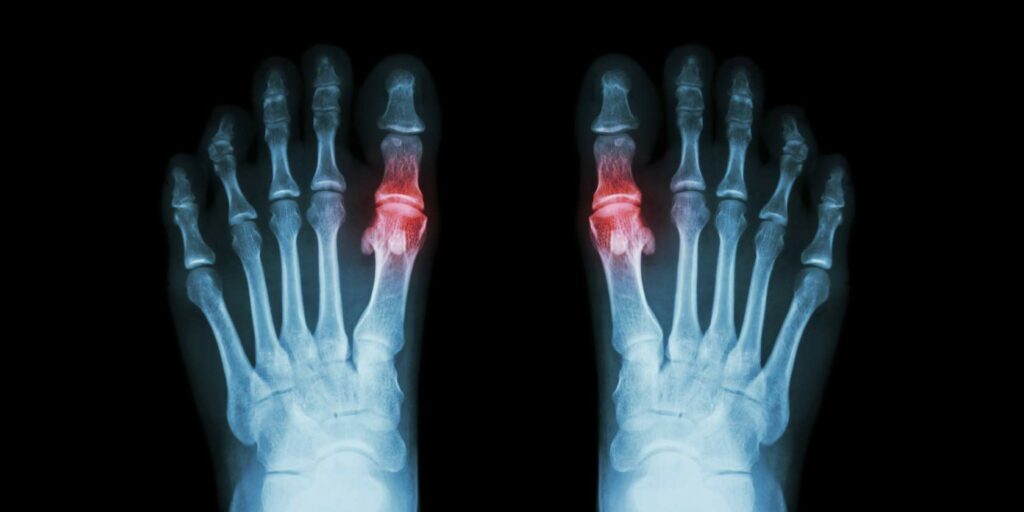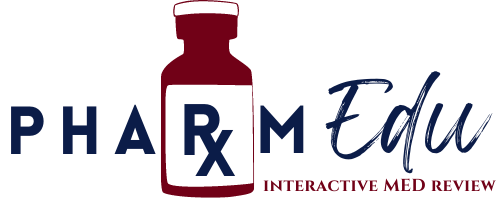Gout & Pseudogout Video
Back to: Gout & Pseudogout


The goal of this module is to help you to:
- Review the pathophysiology of gout.
- Identify common drug therapies that can worsen or precipitate gout.
- Recommend acute gout treatment including common agents, general dosing, and important characteristics for use.
- Define suggested requirements for prophylactic gout treatment.
- Analyze mechanisms, safety concerns, and notable characteristics for each of the drugs used in prophylactic gout treatment.
- Review the similarities and differences between gout and pseudogout.
- Recommend acute and prophylactic treatment for pseudogout.

Gout and pseudogout, also known as calcium pyrophosphate disease (CPPD) are the two most common crystal-related arthropathies that are associated with significant pain, inflammation, and immobility. Gout, which affects over 9 million people in the United States is the result of uric acid crystallization within the joints, most commonly in the metatarsophalangeal joint. Uric acid, excreted by the kidneys is a very useful monitoring parameter for gout severity and treatment effectiveness. Pseudogout, which has unclear pathophysiology is secondary to the formation and build of calcium pyrophosphate crystals within joints, most commonly the knees or wrists. Treatment of gout and pseudogout focuses on acute and prophylactic pharmacologic intervention.
Gout and pseudogout, both inflammatory-related arthralgias have many similar treatment options. Both utilize first-line acute intervention options of NSAIDs, steroids, and colchicine. In addition to acute agents, prophylactic treatment for gout can utilize agents that specifically target uric acid formation and excretion including xanthine oxidase inhibitors, uricosurics, and recombinant uricase. Conversely, there are no drug therapy options to specifically target calcium pyrophosphate for CPPD patients; therefore prophylactic treatment is aimed at inhibiting inflammatory processes with agents commonly used in rheumatoid arthritis-like methotrexate, hydroxychloroquine, and interleukin-1 receptor antagonists. In this module, we will explore the pathophysiology of gout and pseudogout along with their acute and prophylactic treatment recommendations.

Select the video below to learn more about this topic.
